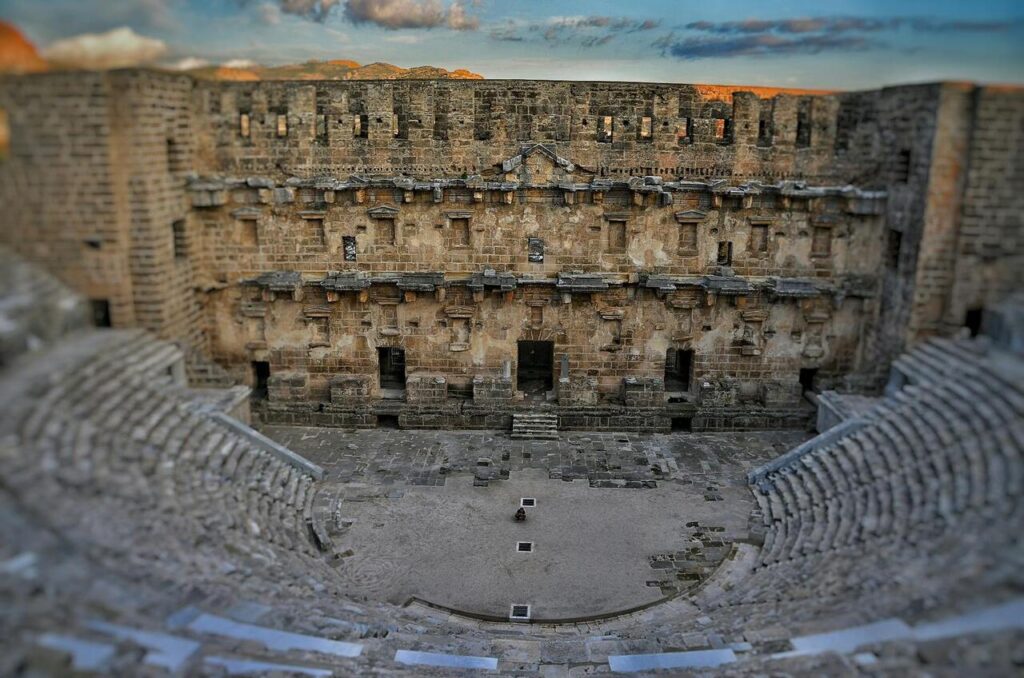How to holiday like a Roman
Last Updated on 13 June 2025

When we picture ancient Romans, it’s mostly imagery of legionaries and grand forums. Despite their prowess on the battlefield and in construction, they very much cherished their leisure. The elites knew how to wind down, and this otium, which is cultivated free time, was a big part of their lives.
Did Romans truly take vacations?
Roman life was a tricky balance between negotium (business, public duties) and otium (leisure, intellectual pursuits, arts and rest). True extended vacations were essentially reserved only for the wealthy.
For the masses, feriae, which are public religious festivals, offered some respite from their admirable work ethic. However, Roman leisure was rarely idle. It was often an active engagement, such as time for self-improvement or socialising, and sometimes simply enjoying nature.
Where and how did affluent Romans holiday?
Affluent Romans didn’t go far for their escape, as you can imagine. The Bay of Naples was one such hotspot. Baiae was infamous for its opulence and hedonism and it drew the elites in because it was home to seaside villas and thermal springs.
Pompeii and Herculaneum also offered coastal charms before Vesuvius struck, while some liked the tranquillity of countryside estates in regions like Campania (also because of its cooler climes and intellectual solitude).
Thermal spa towns like Aquae Sulis (modern Bath, UK) and Badenweiler in Germany were popular for their reputed health benefits and social opportunities. In fact, you’re never too far from a Roman spa, as they’re dotted along the famed Roman road network.
What was Roman leisure really like?
Roman leisure was actually quite varied. Bathing was central though, a daily ritual for hygiene in fact, but also as a space for socialising in grand public thermae. Depending on the location, Romans might attend theatrical performances or gladiatorial contests, though many enjoyed reading and writing poetry of their own. They were big on sports and wrestling, and so much of the leisure activities were not too different from today.
Channel your inner Roman with a pilgrimage
We too can taste Roman-style leisure. In Bath, UK, you can visit the ancient Roman Baths museum and immerse yourself in the geothermally heated waters. In fact, Germany’s Badenweiler also has a similar experience. Many European spa towns, like Budapest, have Roman roots, so we already do holiday like the Romans, whether we know it or not.
For grand spectacles, we can seek out opera in Italy’s Verona Arena, while amphitheatres in Pula (Croatia), Arles and Nîmes (France) still host concerts and events.
Importantly, though, we can pilgrimage in a similar way to the Romans. Not only to connect with past pilgrims, but to walk down the very same road networks. The likes of Santiago Ways help organize week-long walking routes, booked with your accommodation in mind. Then, along the way, many will see Roman ruins. This is a truly immersive and real way to experience Roman history.
Embrace the spirit of otium
Holidaying like a Roman, then, is less about togas and chariots. Instead, just the attitude and appreciation alone will go a long way. It’s about blending relaxation with cultural enrichment or socializing, and our connection to nature. While we often echo the same forms of leisure, we can more intentionally follow their trails and experience the very same baths and theatres as they did.